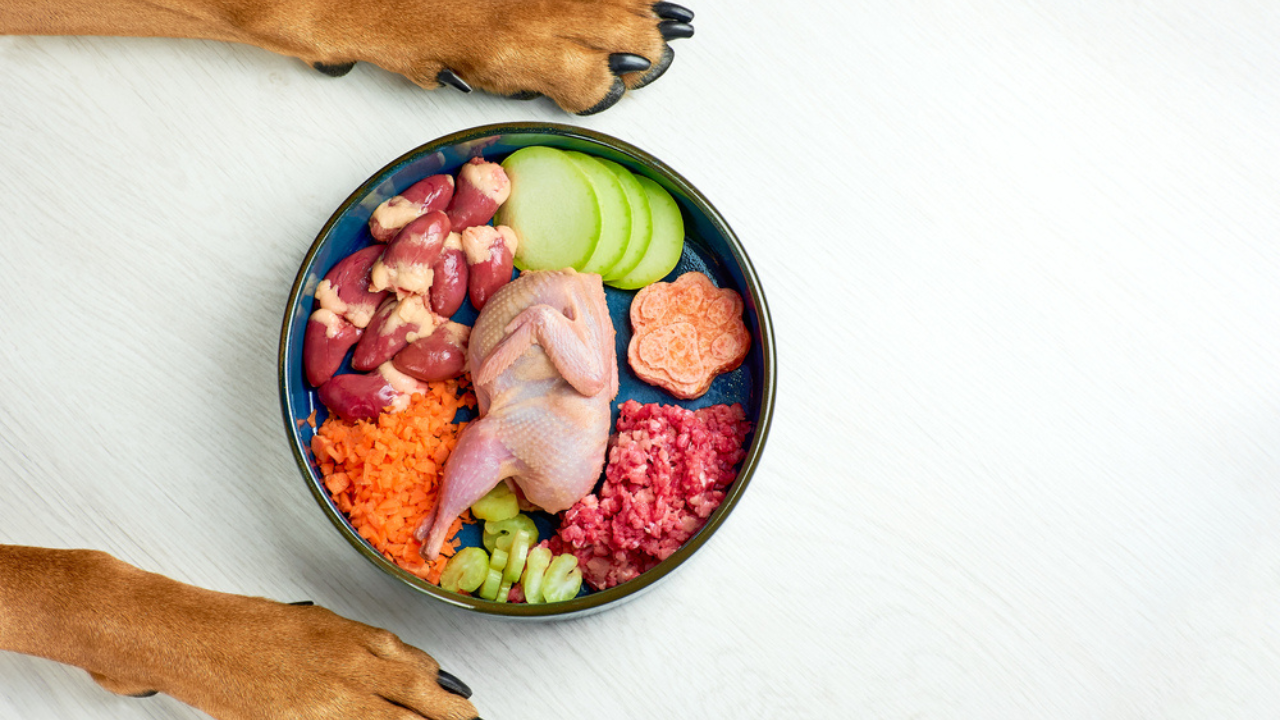Embarking on the journey of preparing homemade meals for your dog is a rewarding endeavor that allows you to have greater control over their nutrition. In this blog post, we'll explore the art of crafting a well-balanced homemade dog food diet, ensuring your furry friend receives the essential nutrients they need for optimal health and vitality.
1. Choosing the Right Ingredients
Selecting the right ingredients is paramount when preparing homemade dog food. Opt for high-quality proteins like lean meats, eggs, and fish. Include a variety of vegetables for essential vitamins and minerals, and choose healthy fats such as fish oil or olive oil.
2. Balanced Macronutrients
Achieving a balance of macronutrients—proteins, fats, and carbohydrates—is key. Proteins should make up a significant portion of the diet, while healthy fats contribute to coat health and overall well-being. Carbohydrates, sourced from vegetables and grains, provide energy.
3. Essential Vitamins and Minerals
Ensure your homemade dog food recipe includes a variety of fruits and vegetables to provide essential vitamins and minerals. Consider ingredients like sweet potatoes, blueberries, and leafy greens to boost nutritional content.
4. Calcium and Phosphorus Ratios
Maintaining the correct ratio of calcium to phosphorus is crucial for bone health. Include ingredients like dairy, bone meal, or supplements to achieve the appropriate balance. Consult your vet for guidance on the specific needs of your dog.
5. Incorporating Supplements
While a well-rounded diet should meet most nutritional needs, certain dogs may benefit from supplements. Omega-3 fatty acids, glucosamine, and chondroitin are commonly used to support joint health, especially in older dogs or those prone to joint issues.
6. Rotation and Variety
Introduce variety into your dog's diet by rotating protein sources and incorporating different vegetables. This not only ensures a diverse nutrient profile but also prevents your dog from developing aversions to specific foods.
7. Portion Control and Monitoring
Homemade diets require careful portion control to prevent overfeeding or underfeeding. Monitor your dog's weight and adjust portions accordingly. Regular veterinary check-ups can provide insights into your dog's overall health and dietary needs.
8. Transitioning Gradually
When transitioning to a homemade diet, do so gradually to avoid digestive upset. Slowly introduce the new food while monitoring your dog's response. Any sudden changes in behavior or digestion should be addressed promptly.
Conclusion
Crafting a homemade dog food diet is a labor of love that requires careful consideration of your dog's nutritional needs. By selecting high-quality ingredients, balancing macronutrients, incorporating essential vitamins and minerals, and monitoring your dog's response, you're providing them with a wholesome and nutritious diet. Remember, consult with your veterinarian to tailor the diet to your dog's specific needs and enjoy the satisfaction of nourishing your furry friend from the kitchen to the bowl.






